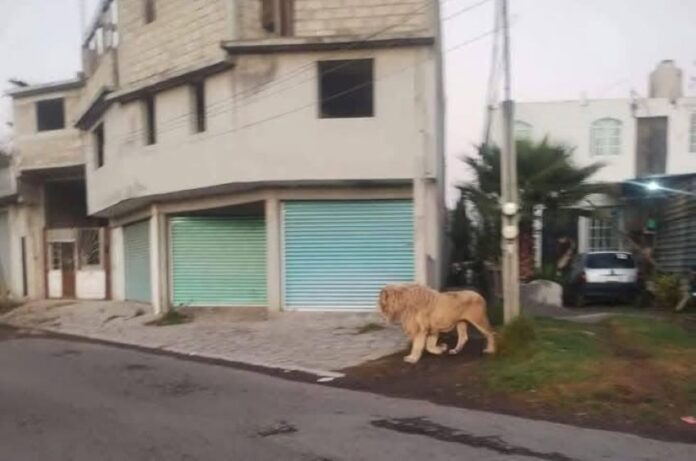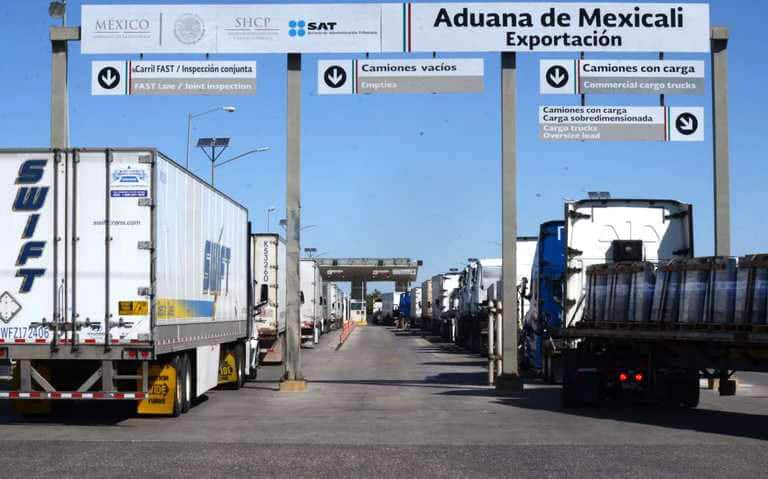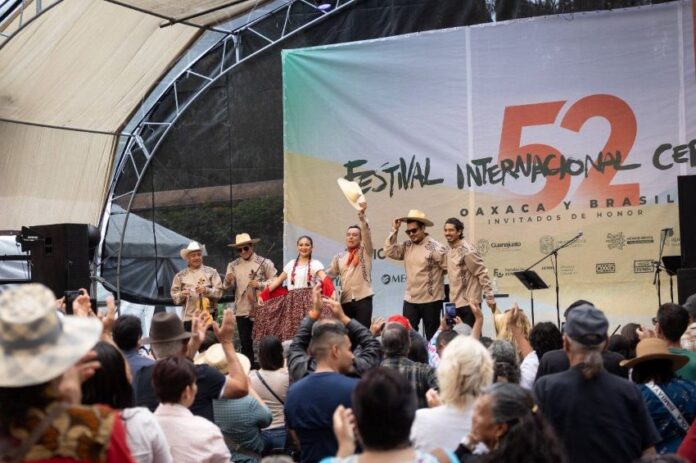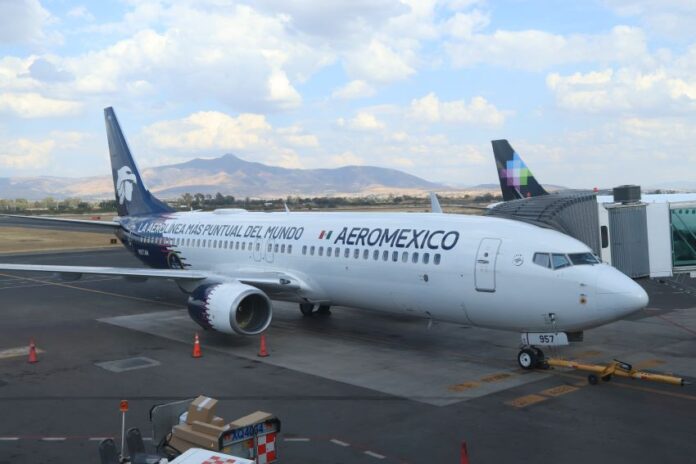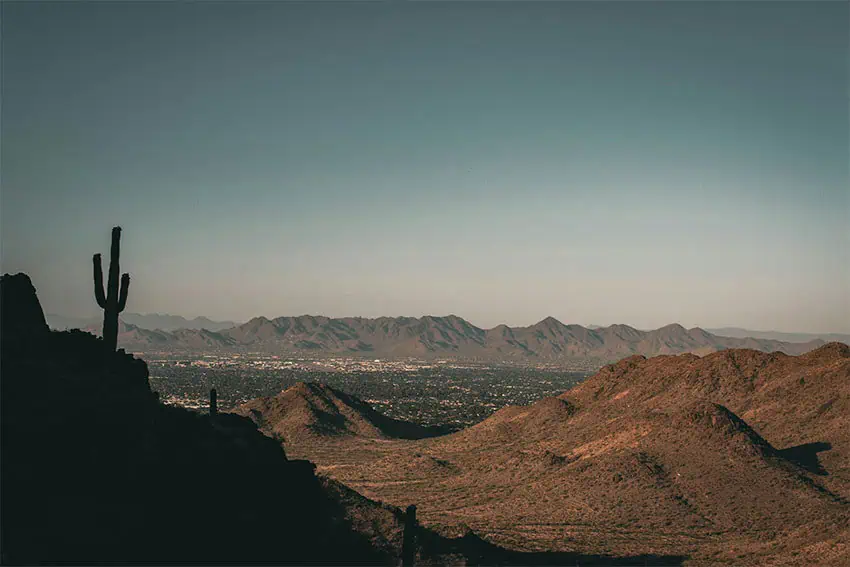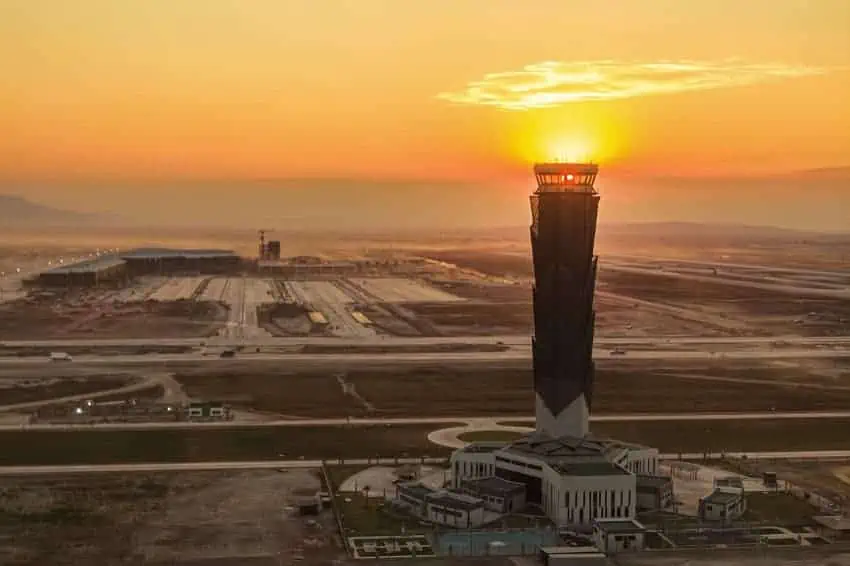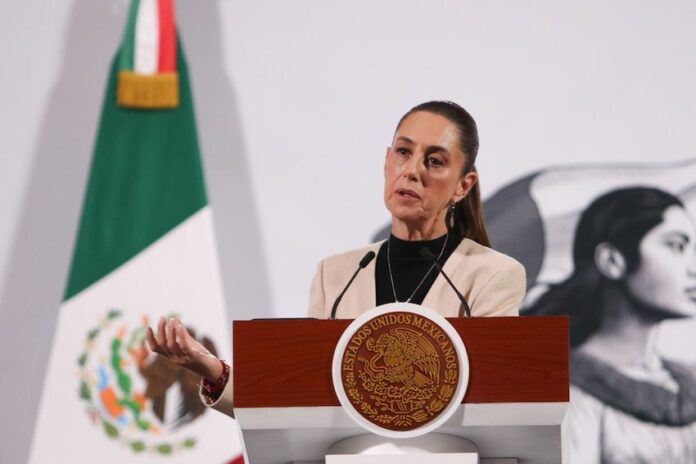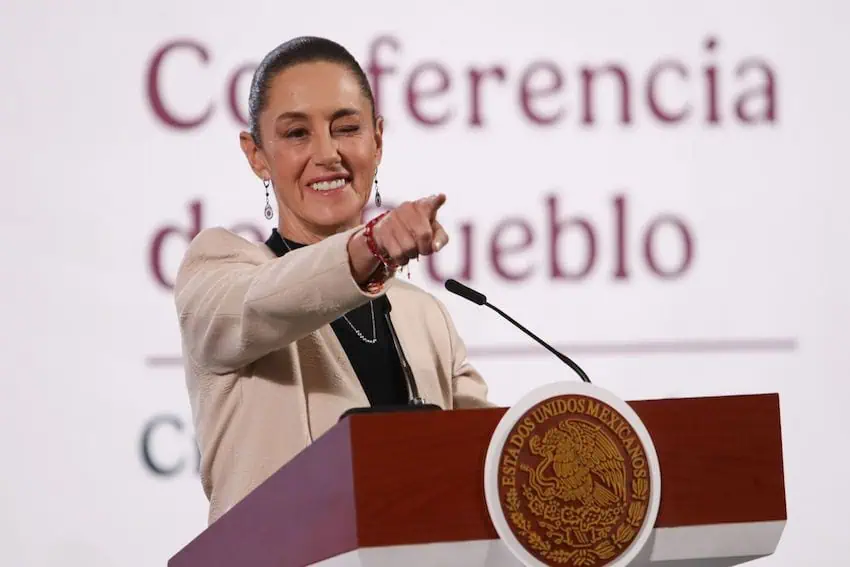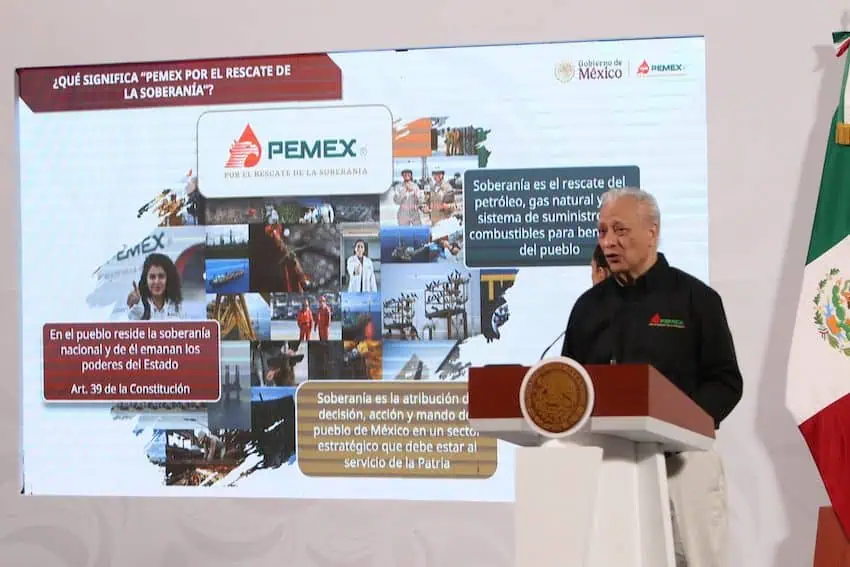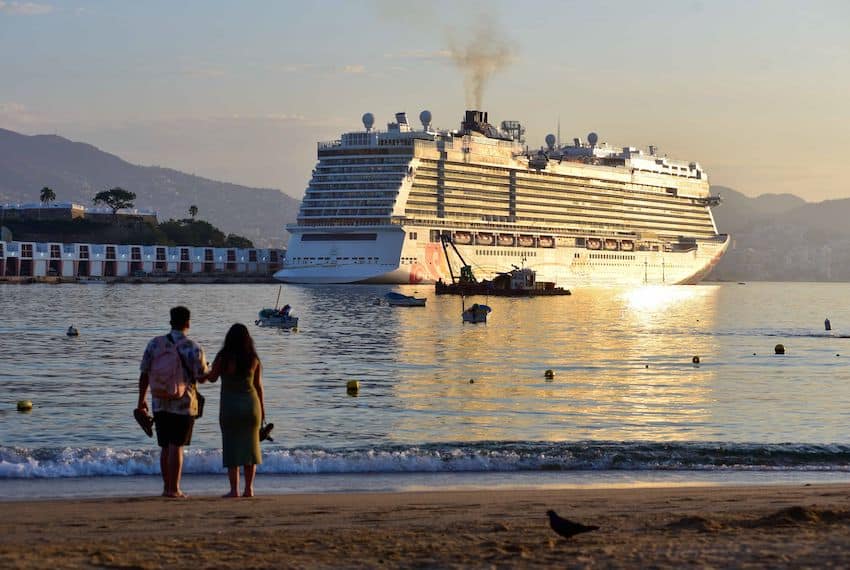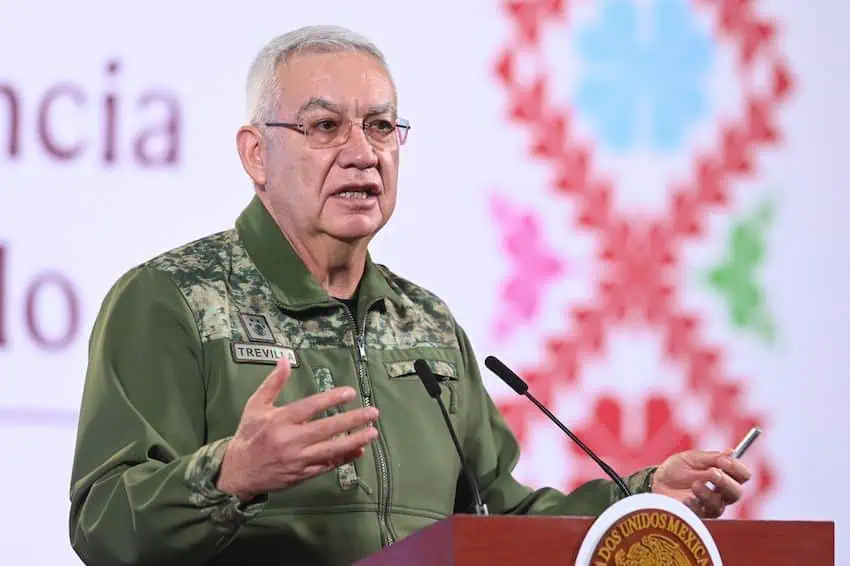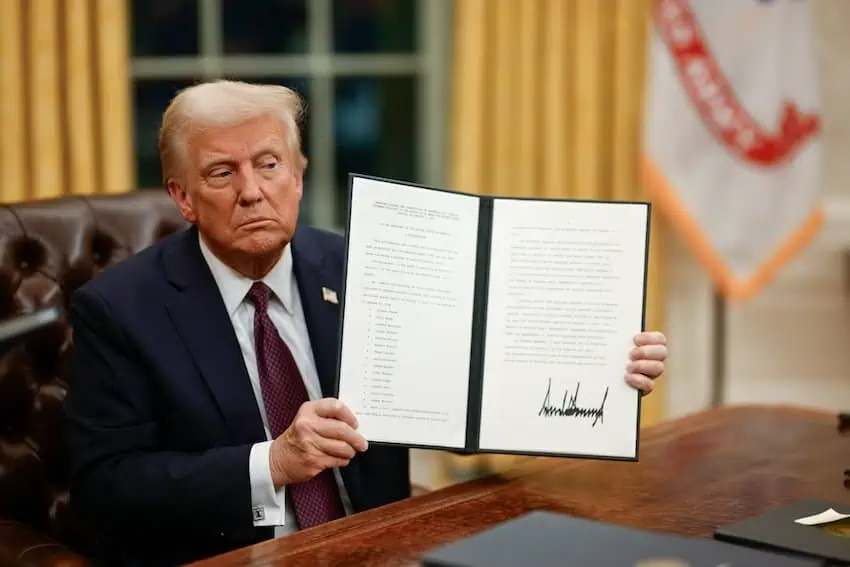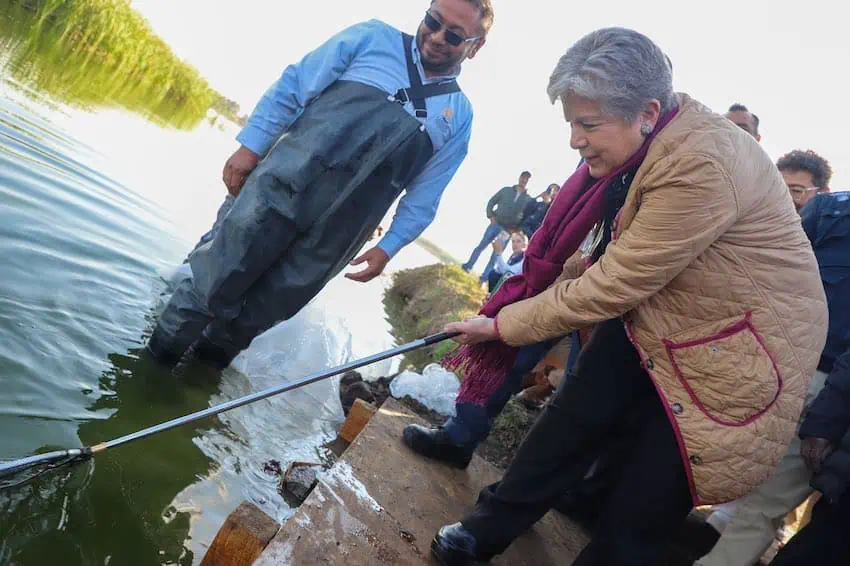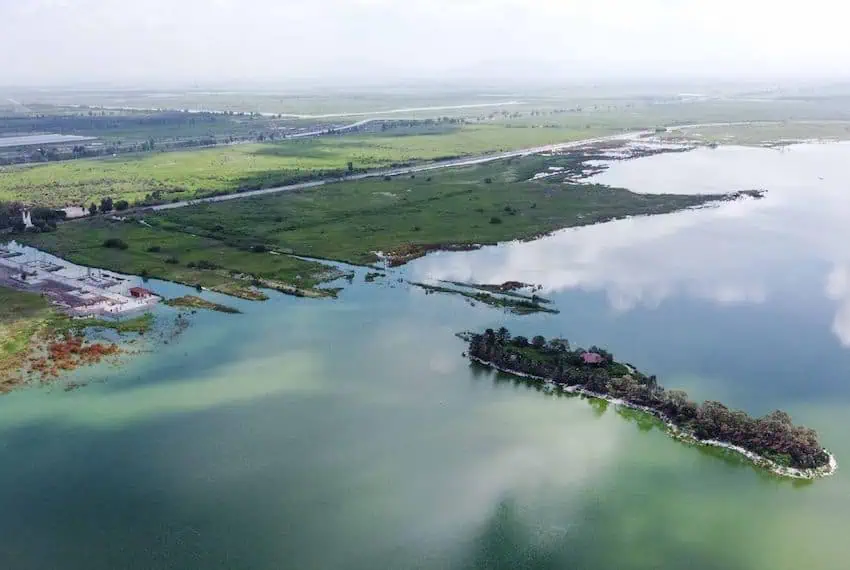How well do you know Mexican food? If I were to take you to a Mexico City market with hundreds of vendors, would you know exactly where to go? I wouldn’t have much problems since I’ve been to Mexico several times and would just pick something I know and love. Nobody can go wrong with a good taco. But am I able to see the market in the same way as a local guide? Since I live in Canada, I can’t say that’s possible.
I’ve watched various culinary shows set in Mexico, but the more I’ve learned about the different food stalls, restaurants, and chefs in Mexico City, the more I recognized how little I understood. That’s always humbling since I tend to be the “local expert” amongst my friend group back home or in a hostel environment where I’m meeting Europeans, Canadians, and Americans on vacation who don’t have my experience in Mexico.
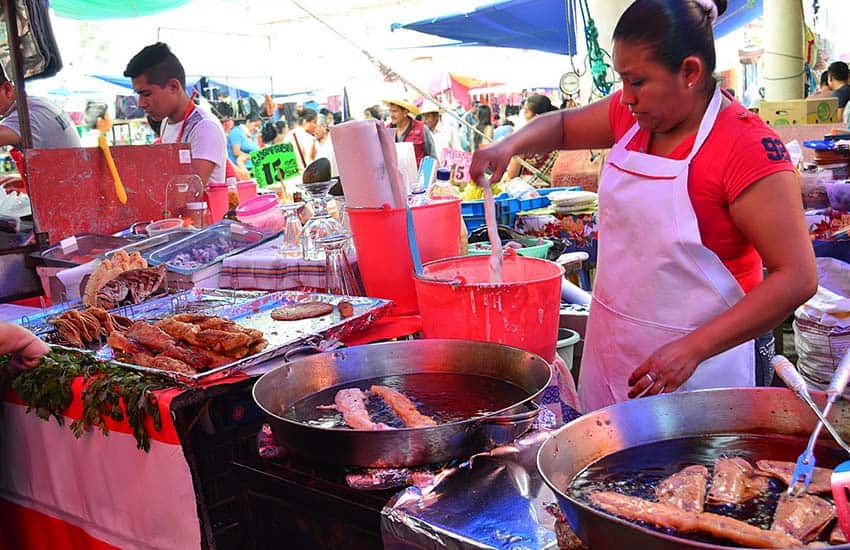
Have I been to great taquerias and places to eat in Mexico? Yes. I’ve even written about the different gems I’ve found in parts of Mexico I’ve frequented over the years. But to say a well-known Mexican food blogger can teach me a thing or two is fair.
So to learn more, I decided to go on a Mexico City food tour hosted by The Curious Mexican. If you’re going to be there soon, you may want to keep reading.
What’s it like to be on a food tour?
I picked The Curious Mexican’s Good Morning CDMX tour since I love breakfast food and figured that I couldn’t go wrong. Chilaquiles sounded great to me, for example.
When I met The Curious Mexican, Anais Martínez, I was greeted with a concha from hip Roma Norte establishment Cafe Forte. It was the perfect way to meet someone new – over a delicious treat. But I already knew what a concha was, and I wondered how the rest of the day would go.
Soon, Martinez introduced me to her version of Mexico City’s culinary scene. It was incredible to see the city I love through the eyes of a local expert whose main job is to know all the best food spots. It felt like I was tagging along with someone Anthony Bourdain would’ve sought out before going to film in Mexico.
Walking and talking as if we were doing this for the plot of a culinary show, Martinez brought me to places I wasn’t aware of beforehand. I didn’t know what to expect from some of these restaurants. Would I enjoy them or start missing my go-to favorites? But if there’s one thing I learned from being with a professional foodie, you need to be open-minded. I allowed myself to be wowed — pushing my ego (and biases) to the side.
At Dońa Emi Tamales, which has been around since 1957, my first fun fact was that there are 600 kinds of tamales.

I tried the tamales with beans and corn, green salsa and chicken, chapuline, and even a carrot-flavored one that almost tasted like a carrot cake.
Each tamale was unique in both texture and overall taste. If I were to go alone, I would’ve gone with the options on the menu that were familiar to me, but The Curious Mexican didn’t let me do that. In other words, having a food guide was like having a spiritual guide. My pallet is forever thankful.
Food stalls you’d miss even if you looked for them
Going around Mexico City and sampling food stalls is my favorite pastime. I’ve been exploring them for years, and there’s no shortage of what you can discover in the largest city in North America.
Last December, I found a little hole-in-the-wall “kekas” stand in the historic center that made the best quesadillas. I’ve also found vendors who made great tacos and churros. But sometimes it’s tricky to divine which stalls are good and which ones slightly miss the mark. In my experience, that’s the daunting side of being spoiled for choice.
I learned that the best local vendors aren’t in popular spots in Mexico City’s downtown. Usually, they’re in quieter residential areas. It showed me understanding how to identify local demand is a valuable skill to have if you’re a foodie in a major hub like Mexico City.
We eventually came to a food stall that made the tastiest chilaquiles tortas. You could tell it was more for locals since there wasn’t a huge lineup of tourists. It was spicy, yet had enough flavors to balance everything out so that my tongue wasn’t on fire.

Later, I was brought to another food stall just outside of Mercado de Jamaica where I tried a cactus dish served on a blue, oval-shaped tortilla. Though the flavor was a little too earthy for my personal taste, the texture of the cactus added a new dimension that was both new and interesting.
The second fun fact of the day was learning there are way more beloved Mexican meals with cacti than I realized. I preferred the tortas and tamales. But I didn’t have the luxury of ordering something I thought I’d like and missing out on a unique alternative. That made me realize being a foodie is not just about eating delicious meals, but about the experience of finding great food and sharing it with those around you. The act of discovering things you never thought you’d try is sometimes more fun than the actual dining itself. And by giving everything a fair chance, I discovered what I truly liked and didn’t enjoy as much.
Navigating a Mexico City market with an expert
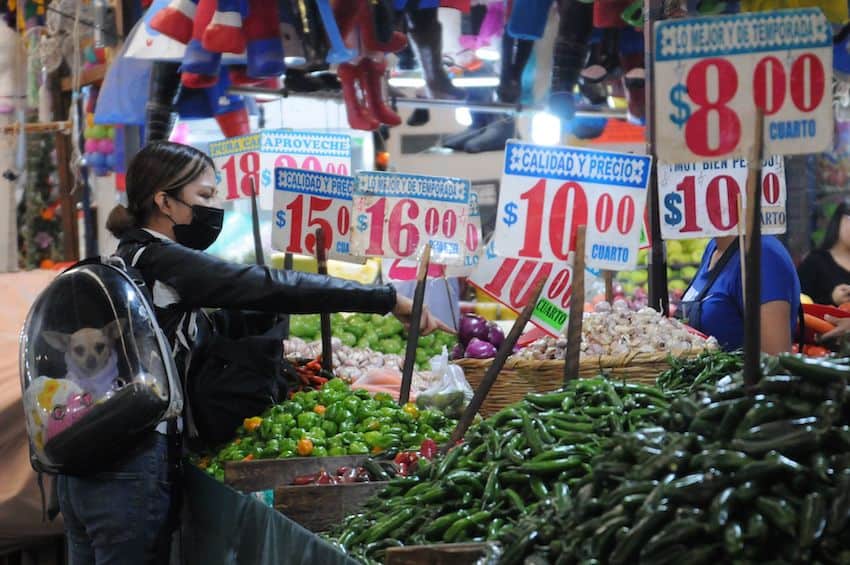
Going to Mexico City’s Mercado de Jamaica with a local expert was like having the cheat code for a video game. There were so many restaurants, vendors, and lanes at the market that could easily get you lost for hours.
If I were to walk into Mercado de Jamaica alone, I would’ve probably chosen a food stall at random. But with The Curious Mexican, we went from place to place with ease. We’d head for the best taquerias and she’d order from the menu like she’s been there millions of times. Learning there was such a thing as green chorizo was the third fun fact I collected for the day, and having it in a taco was a fantastic introduction.
I was also pleasantly surprised to learn about various fruits I can’t find in Canada. Mamey, chirimoya, guanabana, and maracuya were all things I tried for the first time. If I didn’t have a food spirit guide, I wouldn’t have gotten to sample those amazing gems. In retrospect, I might’ve overlooked what was right in front of me that day.
Would you go on a foodie adventure?
The Curious Mexican concluded our food tour at a popular churros place called El Moro. You can’t end hours of eating countless meals without a good dessert, right?
I walked around Mexico City since then feeling like I understood it in a way I hadn’t before. Was I now a local resident? Not officially. But I feel like now I can order at a restaurant with more confidence and talk to vendors and artisans on a deeper level.
Ian Ostroff is an indie author, journalist, and copywriter from Montreal, Canada. You can find his work in various outlets, including Map Happy and The Suburban. When he’s not writing, you can find Ian at the gym, a café, or anywhere within Mexico visiting family and friends.

